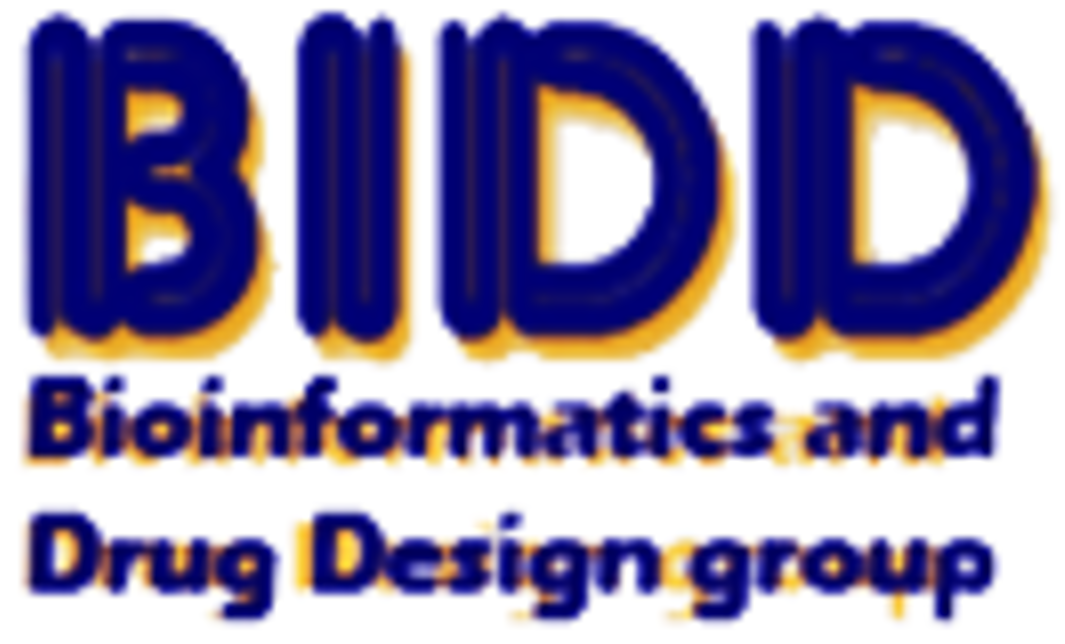Target Information
| Target General Infomation | |||||
|---|---|---|---|---|---|
| Target ID |
T97917
|
||||
| Former ID |
TTDR00540
|
||||
| Target Name |
FMLP-related receptor I
|
||||
| Gene Name |
FPR2
|
||||
| Synonyms |
FMLP-R-I; FPRL1; Formyl peptide receptor-like 1; G-protein-coupled receptor FPR-Like-1; HM63; LXA4 receptor; Lipoxin A4 receptor; RFP; FPR2
|
||||
| Target Type |
Research
|
||||
| Function |
Low affinity receptor for N-formyl-methionyl peptides, which are powerful neutrophils chemotactic factors. Binding of FMLP to the receptor causes activation of neutrophils. This response is mediated via a G-protein that activates a phosphatidylinositol-calcium second messenger system. The activation of LXA4R could result in an anti-inflammatory outcome counteracting the actions of proinflammatory signals such as LTB4 (leukotrieneB4).
|
||||
| BioChemical Class |
GPCR rhodopsin
|
||||
| UniProt ID | |||||
| Sequence |
METNFSTPLNEYEEVSYESAGYTVLRILPLVVLGVTFVLGVLGNGLVIWVAGFRMTRTVT
TICYLNLALADFSFTATLPFLIVSMAMGEKWPFGWFLCKLIHIVVDINLFGSVFLIGFIA LDRCICVLHPVWAQNHRTVSLAMKVIVGPWILALVLTLPVFLFLTTVTIPNGDTYCTFNF ASWGGTPEERLKVAITMLTARGIIRFVIGFSLPMSIVAICYGLIAAKIHKKGMIKSSRPL RVLTAVVASFFICWFPFQLVALLGTVWLKEMLFYGKYKIIDILVNPTSSLAFFNSCLNPM LYVFVGQDFRERLIHSLPTSLERALSEDSAPTNDTAANSASPPAETELQAM |
||||
| Agonist | AG-26 | Drug Info | [530510] | ||
| aspirin triggered lipoxin A4 | Drug Info | [543579] | |||
| aspirin-triggered resolvin D1 | Drug Info | [531857] | |||
| ATLa2 | Drug Info | [527021] | |||
| compound R-(-)-5f | Drug Info | [531913] | |||
| fMet-Leu-Phe | Drug Info | [533990] | |||
| humanin | Drug Info | [527235] | |||
| LXA4 | Drug Info | [530641] | |||
| pyrazolone, 1 | Drug Info | [528203] | |||
| quin-C1 | Drug Info | [527167] | |||
| resolvin D1 | Drug Info | [530641] | |||
| RvD1-ME | Drug Info | [531857] | |||
| [3H]LXA4 | Drug Info | [526742] | |||
| Antagonist | compound 1754-31 | Drug Info | [532404] | ||
| quin-C7 | Drug Info | [528957] | |||
| Pathways | |||||
| Pathway Interaction Database | Urokinase-type plasminogen activator (uPA) and uPAR-mediated signaling | ||||
| Reactome | G alpha (q) signalling events | ||||
| G alpha (i) signalling events | |||||
| WikiPathways | GPCRs, Class A Rhodopsin-like | ||||
| Gastrin-CREB signalling pathway via PKC and MAPK | |||||
| Peptide GPCRs | |||||
| GPCR ligand binding | |||||
| GPCR downstream signaling | |||||
| References | |||||
| Ref 526742 | Lipoxin recognition sites. Specific binding of labeled lipoxin A4 with human neutrophils. J Biol Chem. 1992 Aug 15;267(23):16168-76. | ||||
| Ref 527021 | Novel 3-oxa lipoxin A4 analogues with enhanced chemical and metabolic stability have anti-inflammatory activity in vivo. J Med Chem. 2004 Apr 8;47(8):2157-65. | ||||
| Ref 527167 | A novel nonpeptide ligand for formyl peptide receptor-like 1. Mol Pharmacol. 2004 Nov;66(5):1213-22. Epub 2004 Aug 12. | ||||
| Ref 527235 | N-Formylated humanin activates both formyl peptide receptor-like 1 and 2. Biochem Biophys Res Commun. 2004 Nov 5;324(1):255-61. | ||||
| Ref 528203 | Potent hFPRL1 (ALXR) agonists as potential anti-inflammatory agents. Bioorg Med Chem Lett. 2006 Jul 15;16(14):3713-8. Epub 2006 May 11. | ||||
| Ref 528957 | Pharmacological characterization of a novel nonpeptide antagonist for formyl peptide receptor-like 1. Mol Pharmacol. 2007 Oct;72(4):976-83. Epub 2007 Jul 25. | ||||
| Ref 530510 | Identification of novel small-molecule agonists for human formyl peptide receptors and pharmacophore models of their recognition. Mol Pharmacol. 2010 Feb;77(2):159-70. | ||||
| Ref 530641 | Resolvin D1 binds human phagocytes with evidence for proresolving receptors. Proc Natl Acad Sci U S A. 2010 Jan 26;107(4):1660-5. | ||||
| Ref 531857 | Resolvin D1 receptor stereoselectivity and regulation of inflammation and proresolving microRNAs. Am J Pathol. 2012 May;180(5):2018-27. | ||||
| Ref 531913 | Synthesis, enantioresolution, and activity profile of chiral 6-methyl-2,4-disubstituted pyridazin-3(2H)-ones as potent N-formyl peptide receptor agonists. Bioorg Med Chem. 2012 Jun 15;20(12):3781-92. | ||||
| Ref 532404 | Selective agonists and antagonists of formylpeptide receptors: duplex flow cytometry and mixture-based positional scanning libraries. Mol Pharmacol. 2013 Sep;84(3):314-24. | ||||
If You Find Any Error in Data or Bug in Web Service, Please Kindly Report It to Dr. Zhou and Dr. Zhang.

